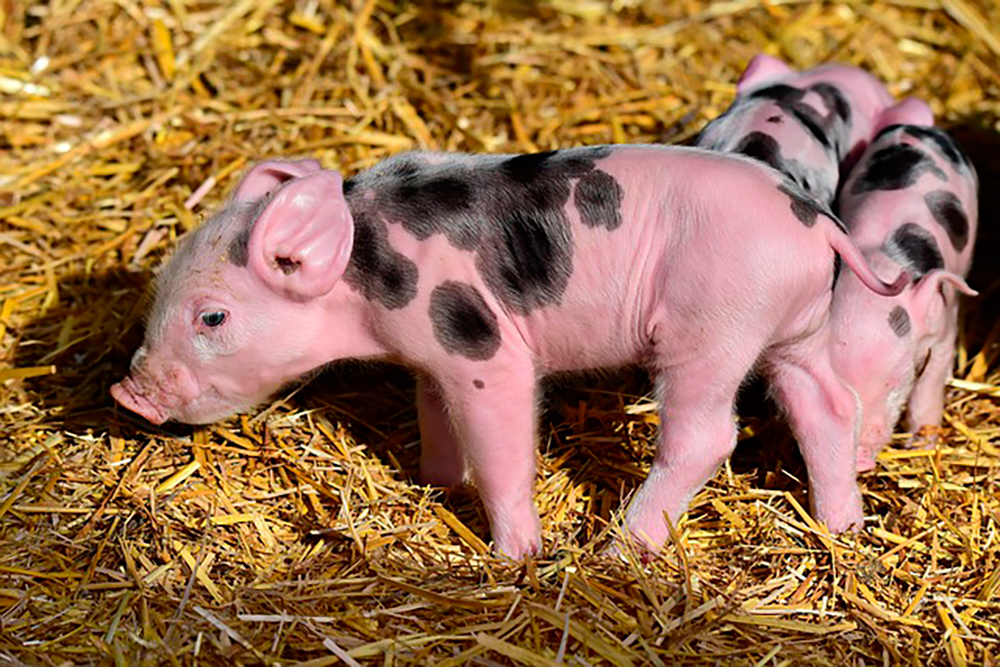A study has cast doubt on a theory that Covid-19 was spread in a Christchurch managed isolation facility last year via a rubbish bin lid.
Instead, the study proposes that suspended aerosol particles were responsible for transmission of the virus to two other people.
The person infected first (case C), and the two thought to have been infected while in managed isolation (cases D and E) were in managed isolation in adjacent rooms at the Crowne Plaza Hotel at the same time last September.
But CCTV showed no instances where the three were outside their rooms at the same time, the study said.
READ MORE:* Covid-19: The evolution of the Auckland February cluster* Covid-19: The ‘edge’ cases and when transmission gets weird* Covid-19: Spotlight on air conditioning in managed isolation hotels
What it did show was that there were 50 seconds between the closing of the door to patient Cs room and the opening of the door to the room of patients D and E an adult and an infant.
The Crowne Plaza Hotel MIQ facility in Christchurch
Therefore, we hypothesised that suspended aerosol particles were the probable mode of transmission in this instance, and that the enclosed and unventilated space in the hotel corridor probably facilitated this event, the study said.
The theory the virus was spread on a rubbish tin lid was proposed by the Ministry of Health. But the study said that was considered to be a less probable route of transmission because case C touched the lid more than 20 hours before it was touched by case D.
Lead author of the report is Auckland Regional Public Health Service medical officer of health Dr Nick Eichler. Other authors come from various health, research and scientific bodies in New Zealand. Their report is published in the journal Emerging Infectious Diseases.
The study traces a Covid-19 cluster from a patient case G who was identified as having Covid-19 last September 18. Case G had been released from MIQ after two negative tests and flown from Christchurch to Auckland on a government-chartered flight.
Genomic testing provided high confidence a Covid-19 cluster last September was the result of a single introduction of Sars-CoV-2 into New Zealand.
Case G showed positive results for Covid-19 four days later and people who had close contact with the patient were then monitored.
Case C had been on the same flight from India as case G, and had sat within two rows of two other cases – A and B. Case Cs symptoms were consistent with transmission during the flight from India, while A or B might have been infected during or before the flight from a common source, the study said.
Following 14 days in MIQ, case A, D, E and G flew on the government-chartered flight from Christchurch to Auckland. Case G sat directly in front of cases D and E, and case A sat at a distance.
At Auckland airport, cases D and E were met by a household contact, case F. Case G was met by household contacts, cases H and I. The household contacts had no recent history of travel outside New Zealand but later tested positive for Covid-19.
Genome samples were generated from the nine cases in the cluster, and a genomic link was found between all nine, the study said. There was high confidence the cluster was the result of a single introduction of Sars-CoV-2 into New Zealand.
